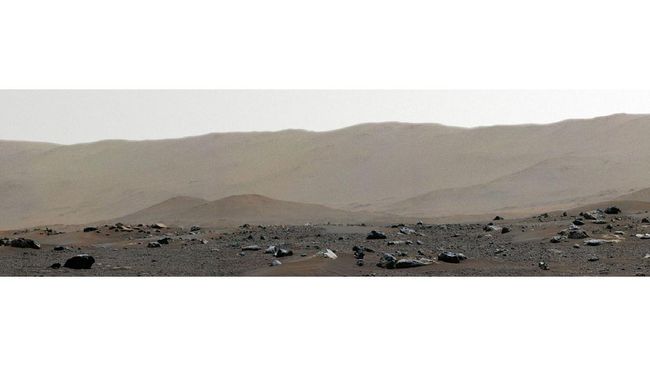For astronomer discovered a giant exoplanet or exoplanet 855 light years from Earth. The planet contains metals and rains gems.
This was revealed by a recent study showing how water circulates between the two sides of the planet called WASP-121B. Research results are uploaded in the Journal Nature Astronomy.
The planet, which was first discovered in 2015, is considered a Jupiter-like planet, has a very hot temperature and has a mass and diameter greater than the largest planet in our solar system.
Since then, researchers have made discoveries that show WASP-121b is getting stranger the more they learn.
The exoplanet has a glowing atmosphere of water vapor that is being deformed into a spherical shape due to the strong gravitational pull of the star that orbits it.
Every 30 hours, WASP-121b completes one orbit and is tidally locked, much like the moon with respect to Earth. That means one side of the planet feels the day and night sides.
“Hot Jupiter is known to have a very bright daytime side, but a different night side. The night side of (the giant planet) WASP-121b is about 10 times dimmer than its day side,” study author Tansu Daylan said in a statement.
Now, astronomers have studied both sides of the planet to better understand the atmosphere and weather using the Hubble Space Telescope.
On Earth, water evaporates and the vapor condenses into clouds, which then release rain. In WASP-121b, water goes through a different cycle.
The water atoms are sucked in by the scorching heat the planet experiences during the day. These atoms are carried to the night side by winds of more than 17,703 kilometers per hour.
On the night side of the planet, water molecules gather to form water before being pushed out into the daytime.
“These winds are much faster than the flow of our jets, and may be able to move clouds across the entire planet in about 20 hours,” Daylan said.
The difference in temperature between the two sides of the planet indicates that the night side is cold enough to form metallic clouds, which are made of iron and corundum. Corondum is a substance that is often found in rubies and sapphires.
Much like the swirling water vapor in WASP-121b, this metallic cloud may be propelled into daylight where the metal vaporizes into a gas. But before the clouds leave the night side, they can release rain made of molten gems.
“With these observations, we really get a global view of the meteorology of an exoplanet,” said study lead author Thomas Mikal-Evans.
The findings also reveal the drastic difference in temperature between day and night on the planet, which the team determined by tracking the water cycle in WASP-121b.
During the day, the temperature is at 2,227 degrees Celsius, and in the deepest layers of the atmosphere it reaches 3,227 degrees Celsius. While on the night side, the air temperature drops with the hottest temperature at 1,527 degrees Celsius, and sometimes drops to 1,227 degrees Celsius in the upper atmosphere.
(can / mik)
–


